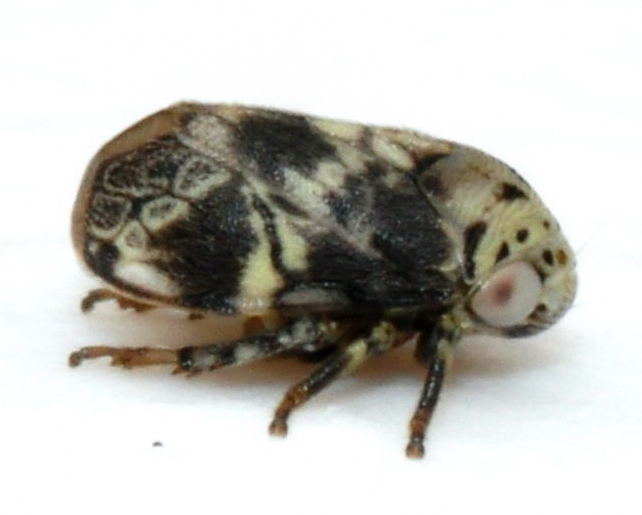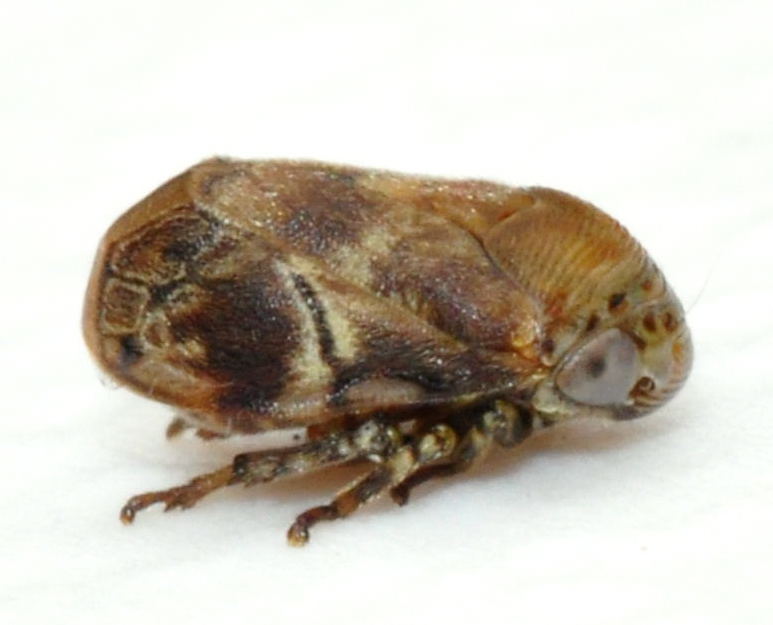| description |
A striking species with at least two color varieties, perhaps pertaining to different sexes. A "black and white" form has large black patches across the main body with a whitish, cream-colored crooked band running across the wings. The upper rear part of the body is brownish in color, surrounded by whitish wing cells with black speckling. The head is cream-colored with three rows of black marks- the first row, between the eyes, has 2 (or 3) dots on each side of the midline on the pronotum; the second row, above the eyes, has 3 dots on each side of the midline; and the third row has two "dashes" on each side of the midline. The amount of white/cream color on the base of the head closest to the rest of the body differs between individuals, with some specimens showing black closer to the third row of marks. The scutellum color of "black and white" individuals also differs, with some specimens showing a white/cream colored scutellum while other individuals have a mostly black scutellum. The "brown" color variety has large dark brown patches across the main body. The cream colored crooked band is less distinct in these individuals, and a majority of the scutellum and pronotum is brownish. The distinct head markings are present though, with at least the first two rows of marks typically visible. All individuals have a pale face concolorous with the pronotum, with a bold black band across the bottom of the face. |
Species Photo Gallery for Clastoptera laevigata No Common Name |
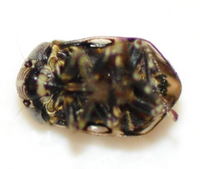 | Photo by: Kyle Kittelberger
Wake Co.
Comment: mixed hardwood forest habitat | 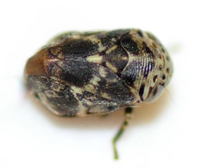 | Photo by: Kyle Kittelberger
Wake Co.
Comment: mixed hardwood forest habitat |
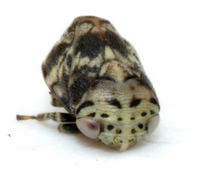 | Photo by: Kyle Kittelberger, Brian Bockhahn
Orange Co.
Comment: Mixed hardwood forest edge habitat. Male and female? An undescribed species, currently in the process of being described. | 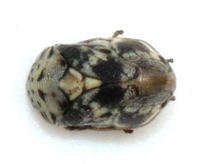 | Photo by: Kyle Kittelberger, Brian Bockhahn
Orange Co.
Comment: Mixed hardwood forest edge habitat. Male and female? An undescribed species, currently in the process of being described. |
 | Photo by: Kyle Kittelberger, Brian Bockhahn
Orange Co.
Comment: Mixed hardwood forest edge habitat. Male and female? An undescribed species, currently in the process of being described. | 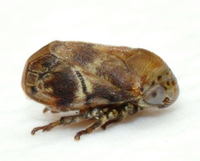 | Photo by: Kyle Kittelberger, Brian Bockhahn
Orange Co.
Comment: Mixed hardwood forest edge habitat. Male and female? An undescribed species, currently in the process of being described. |
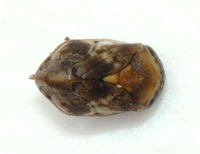 | Photo by: Kyle Kittelberger, Brian Bockhahn
Orange Co.
Comment: Mixed hardwood forest edge habitat. Male and female. An undescribed species, currently in the process of being described. | 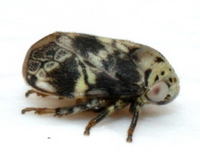 | Photo by: Kyle Kittelberger, Brian Bockhahn
Orange Co.
Comment: Mixed hardwood forest edge habitat. Male and female? An undescribed species, currently in the process of being described. |
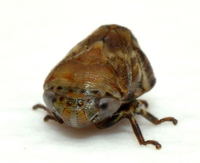 | Photo by: Kyle Kittelberger, Brian Bockhahn
Orange Co.
Comment: Mixed hardwood forest edge habitat. Male and female? An undescribed species, currently in the process of being described. | 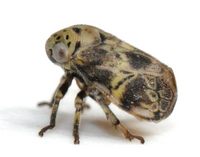 | Photo by: Kyle Kittelberger
Wake Co.
Comment: mixed hardwood forest habitat |
 | Photo by: Rob Van Epps
Mecklenburg Co.
Comment: Attracted to UV light. Suburban yard near woods. | 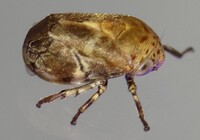 | Photo by: Rob Van Epps
Mecklenburg Co.
Comment: Attracted to UV light. Suburban yard near woods. |
 | Photo by: Rob Van Epps
Mecklenburg Co.
Comment: Attracted to UV light. Suburban yard near woods. |  | Photo by: Rob Van Epps
Mecklenburg Co.
Comment: Attracted to UV light. Suburban yard near woods. |
|

 »
»